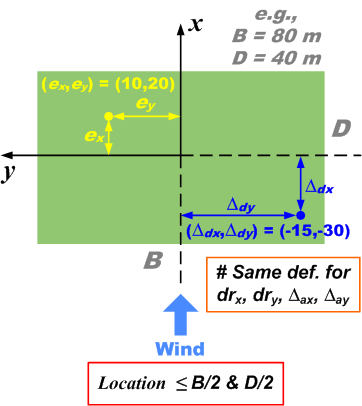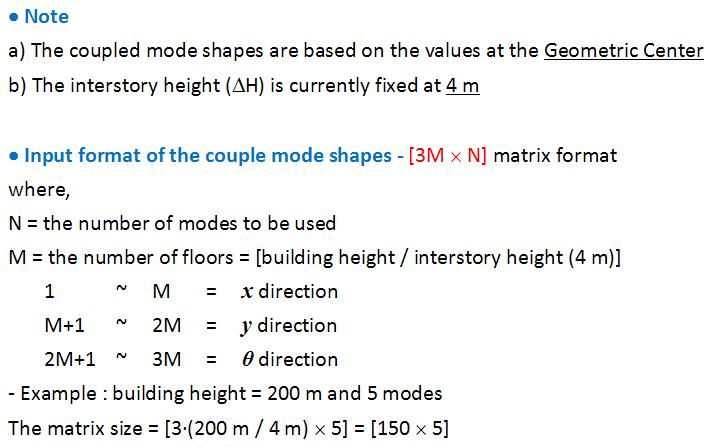 |
|||||
| Collaborators | |||||
| Step 1 : Select a Ratio of Cross-sectional Shape and Building Height of interest. Wind directions |
 |
|||||
| Collaborators | |||||
| Step 1 : Select a Ratio of Cross-sectional Shape and Building Height of interest. Wind directions |
NatHaz Modeling Laboratory  University of Notre Dame, USA Dr. Ahsan Kareem Robert M. Moran Professor Civil & Environmental Engineering & Earth Sciences kareem@nd.edu Dr. Dae Kun Kwon Research Assistant Professor Civil & Environmental Engineering & Earth Sciences dkwon@nd.edu Dr. Seymour M. Spence Research Assistant Professor Civil & Environmental Engineering & Earth Sciences sspence@nd.edu |
GCOE Program  Tokyo Polytechnic University, Japan Dr. Yukio Tamura Professor Dept. of Architecture yukio@arch.t-kougei.ac.jp |
.gif)




